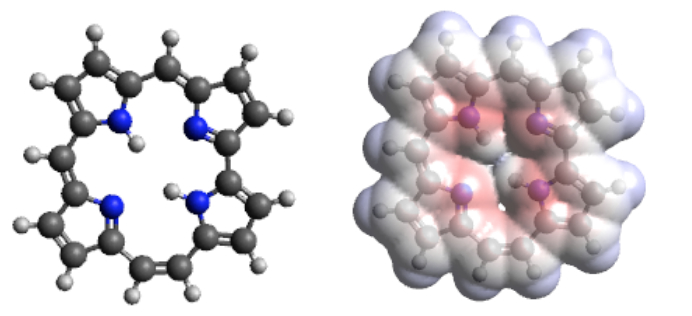3597138
Stereochemical analysis of porphyrins to control free radicals for the treatment of periodontal disease
Date
August 24, 2021
Related Products
Interfaces for Society: The Next Frontier:
Division/Committee: [GEOC] Division of Geochemistry
Interfaces for Society: The Next Frontier:
Division/Committee: [GEOC] Division of Geochemistry
Interfaces for Society: The Next Frontier:
Division/Committee: [GEOC] Division of Geochemistry
Interfaces for Society: The Next Frontier:
Division/Committee: [GEOC] Division of Geochemistry



